以下是 Spring Boot 常用注解的详细说明,结合具体场景+代码示例 ,帮助你直观理解每个注解的用法:
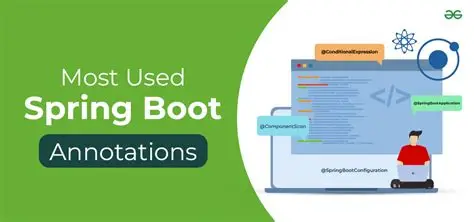
一、核心启动与自动配置
1. @SpringBootApplication
-
作用 :Spring Boot 应用的主启动类注解,组合了
@Configuration(配置类)、@ComponentScan(组件扫描)、@EnableAutoConfiguration(自动配置)三大核心功能。 -
示例 :
javaimport org.springframework.boot.SpringApplication; import org.springframework.boot.autoconfigure.SpringBootApplication; // 主启动类必须标注此注解,Spring Boot 会自动扫描当前包及子包下的组件 @SpringBootApplication public class DemoApplication { public static void main(String[] args) { // 启动 Spring Boot 应用 SpringApplication.run(DemoApplication.class, args); } }
2. @EnableAutoConfiguration(显式启用自动配置)
-
作用 :显式启用 Spring Boot 的自动配置机制(通常被
@SpringBootApplication间接包含)。 -
示例 (自定义配置类中启用):
javaimport org.springframework.boot.autoconfigure.EnableAutoConfiguration; import org.springframework.context.annotation.Configuration; // 单独为一个配置类启用自动配置(一般不需要,除非需要隔离配置) @Configuration @EnableAutoConfiguration public class CustomAutoConfig { // 可选:自定义自动配置逻辑 }
3. @ConditionalOnClass(条件装配:类路径存在时生效)
-
作用:仅当类路径中存在指定类时,才将当前 Bean 注入容器。
-
示例 (仅在 MySQL 驱动存在时注册数据源):
javaimport com.zaxxer.hikari.HikariDataSource; import org.springframework.boot.autoconfigure.condition.ConditionalOnClass; import org.springframework.boot.context.properties.ConfigurationProperties; import org.springframework.context.annotation.Bean; import org.springframework.context.annotation.Configuration; @Configuration public class DataSourceConfig { // 当类路径存在 HikariDataSource 时,才创建此 Bean @Bean @ConditionalOnClass(HikariDataSource.class) @ConfigurationProperties(prefix = "spring.datasource.hikari") // 绑定 Hikari 配置 public HikariDataSource hikariDataSource() { return new HikariDataSource(); } }
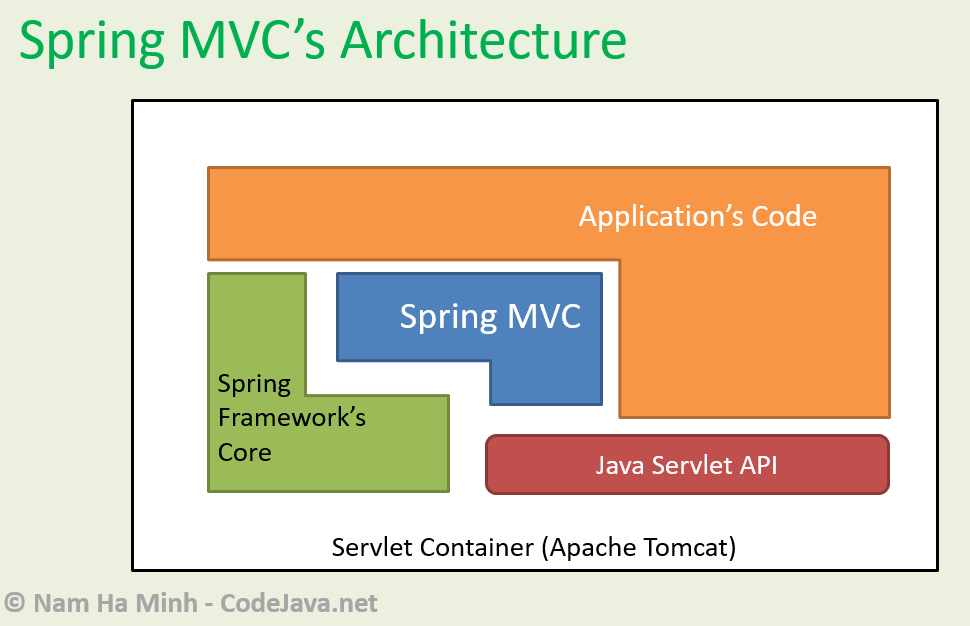
二、Web 开发(Spring MVC)
1. @RestController + @RequestMapping 衍生注解
-
作用 :
@RestController是@Controller+@ResponseBody的组合,标记 REST 接口;@GetMapping/@PostMapping等简化请求映射。 -
示例 (用户信息接口):
javaimport org.springframework.web.bind.annotation.*; @RestController // 声明为 REST 控制器,返回值自动转为 JSON @RequestMapping("/api/user") // 类级别路径前缀 public class UserController { // GET /api/user/123 @GetMapping("/{userId}") public String getUser(@PathVariable Long userId) { return "用户 ID: " + userId; } // POST /api/user (接收 JSON 参数) @PostMapping public String addUser(@RequestBody User user) { // @RequestBody 自动反序列化 JSON 为 User 对象 return "添加用户:" + user.getName(); } } // 用户实体类(需无参构造器 + getter/setter,推荐 Lombok @Data) class User { private Long id; private String name; // getter/setter 省略 }
2. @PathVariable(路径变量)
- 作用 :从 URL 路径中提取变量(如
/user/{id}中的id)。 - 示例 (同上
UserController中的@GetMapping("/{userId}"))。
3. @RequestParam(请求参数)
-
作用 :从请求的 Query String 或 Form Data 中获取参数(如
?name=张三&age=20)。 -
示例 :
java@GetMapping("/search") public String search( @RequestParam String keyword, // 对应 ?keyword=xxx @RequestParam(defaultValue = "1") int page, // 默认值 @RequestParam(required = false) Integer size // 可选参数 ) { return "搜索关键词:" + keyword + ",页码:" + page; }
三、配置绑定
1. @ConfigurationProperties(批量绑定配置)
-
作用 :将
application.yml中的配置批量绑定到一个 POJO 类(需配合@EnableConfigurationProperties启用)。 -
示例 :
步骤 1:在application.yml中添加配置yamlapp: name: demo-app version: 1.0.0 mail: host: smtp.qq.com port: 465步骤 2:定义配置类绑定属性
javaimport org.springframework.boot.context.properties.ConfigurationProperties; import org.springframework.stereotype.Component; // 声明前缀为 app,自动绑定 app 下的所有属性 @Component // 必须注册为 Bean @ConfigurationProperties(prefix = "app") public class AppConfig { private String name; // 对应 app.name private String version; // 对应 app.version // 嵌套对象:对应 app.mail private MailConfig mail; // getter/setter 必须提供! public static class MailConfig { private String host; private Integer port; // getter/setter } // getter/setter 省略... }步骤 3:在需要的地方注入使用
javaimport org.springframework.beans.factory.annotation.Autowired; import org.springframework.web.bind.annotation.GetMapping; import org.springframework.web.bind.annotation.RestController; @RestController public class ConfigController { @Autowired private AppConfig appConfig; @GetMapping("/config") public String getConfig() { return "应用名称:" + appConfig.getName() + ",邮件主机:" + appConfig.getMail().getHost(); } }
2. @Value(单个属性绑定)
-
作用:直接读取配置文件中的单个属性值(适合简单配置)。
-
示例 :
javaimport org.springframework.beans.factory.annotation.Value; import org.springframework.web.bind.annotation.GetMapping; import org.springframework.web.bind.annotation.RestController; @RestController public class ValueController { // 读取 application.yml 中的 server.port @Value("${server.port}") private Integer port; // 读取不存在的属性时设置默认值(${} 中用 : 分隔) @Value("${app.description:这是一个默认描述}") private String description; @GetMapping("/info") public String getInfo() { return "服务端口:" + port + ",描述:" + description; } }
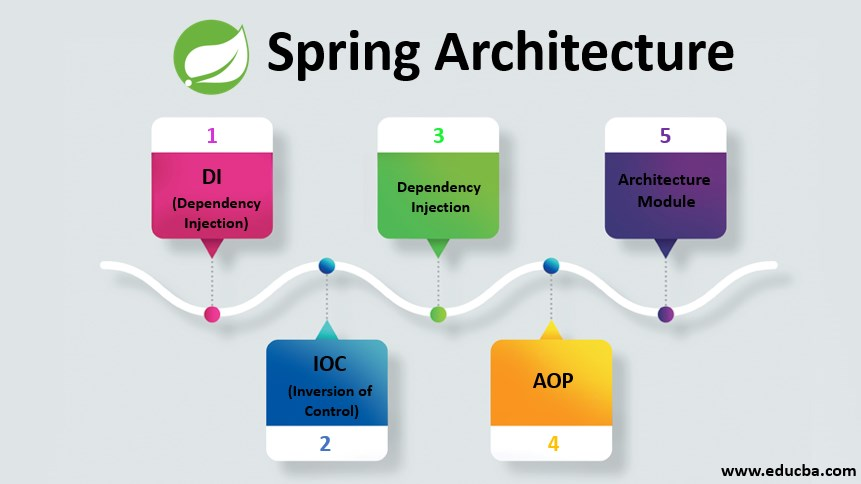
四、依赖注入
1. @Autowired(自动注入)
-
作用:Spring 容器自动注入匹配类型的 Bean(默认按类型匹配,多个同类型 Bean 时报错)。
-
示例 (多个同类型 Bean 时冲突):
javaimport org.springframework.beans.factory.annotation.Autowired; import org.springframework.stereotype.Service; // 接口 interface MessageService { String send(); } // 实现类 1 @Service("emailService") class EmailService implements MessageService { @Override public String send() { return "邮件发送成功"; } } // 实现类 2 @Service("smsService") class SmsService implements MessageService { @Override public String send() { return "短信发送成功"; } } // 使用 @Autowired 注入(此时报错:No qualifying bean of type...) @Service class MessageSender { // 错误:存在两个 MessageService 类型的 Bean(EmailService 和 SmsService) @Autowired private MessageService messageService; }
2. @Qualifier(指定 Bean 名称)
-
作用 :配合
@Autowired指定要注入的 Bean 名称(解决同类型 Bean 冲突)。 -
修正示例 :
java@Service class MessageSender { // 指定注入名称为 "emailService" 的 Bean @Autowired @Qualifier("emailService") private MessageService messageService; }
3. @Primary(优先注入)
-
作用 :标记一个 Bean 为优先候选(当存在多个同类型 Bean 时,
@Autowired优先选择它)。 -
示例 :
java@Service @Primary // 优先注入此实现 class EmailService implements MessageService { @Override public String send() { return "邮件发送成功"; } } @Service class SmsService implements MessageService { @Override public String send() { return "短信发送成功"; } } @Service class MessageSender { // 无需 @Qualifier,自动选择 @Primary 的 EmailService @Autowired private MessageService messageService; }
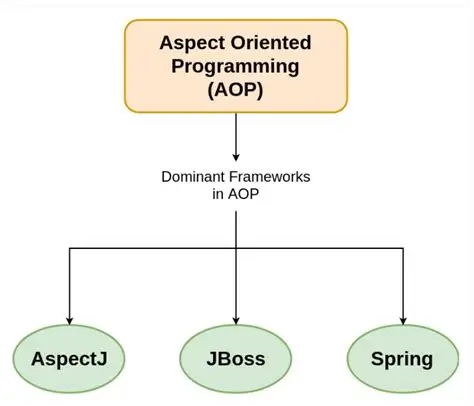
五、AOP(面向切面编程)
1. @Aspect(切面类)
-
作用 :标记一个类为切面,内部定义切点(
@Pointcut)和通知(@Before/@After等)。 -
示例 (记录方法执行时间):
javaimport org.aspectj.lang.ProceedingJoinPoint; import org.aspectj.lang.annotation.*; import org.springframework.stereotype.Component; @Aspect // 声明为切面类 @Component // 注册为 Spring Bean public class TimeCostAspect { // 定义切点:匹配 com.example.service 包下所有类的所有方法 @Pointcut("execution(* com.example.service.*.*(..))") public void servicePointcut() {} // 环绕通知:在方法执行前后计时 @Around("servicePointcut()") public Object recordTime(ProceedingJoinPoint joinPoint) throws Throwable { long start = System.currentTimeMillis(); Object result = joinPoint.proceed(); // 执行目标方法 long end = System.currentTimeMillis(); System.out.println("方法 " + joinPoint.getSignature().getName() + " 执行耗时:" + (end - start) + "ms"); return result; } }
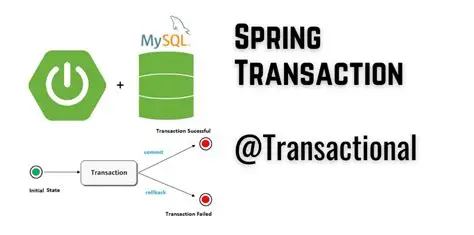
六、数据访问与事务
1. @Transactional(事务管理)
-
作用 :标记方法或类需要开启事务(默认回滚
RuntimeException,可通过rollbackFor自定义)。 -
示例 (转账事务):
javaimport org.springframework.stereotype.Service; import org.springframework.transaction.annotation.Transactional; @Service public class AccountService { // 依赖注入两个账户 DAO private final AccountDao accountDao; public AccountService(AccountDao accountDao) { this.accountDao = accountDao; } // 转账方法:开启事务(默认 required 传播行为) @Transactional( rollbackFor = Exception.class, // 所有异常都回滚 timeout = 10 // 事务超时时间(秒) ) public void transfer(Long fromId, Long toId, Double amount) { accountDao.decreaseBalance(fromId, amount); // 扣减余额 // 模拟异常(测试回滚) if (amount > 10000) { throw new RuntimeException("转账金额过大"); } accountDao.increaseBalance(toId, amount); // 增加余额 } }
七、测试相关
1. @SpringBootTest(集成测试)
-
作用:启动完整的 Spring Boot 上下文,用于集成测试(加载所有 Bean 和配置)。
-
示例 (测试 Controller):
javaimport org.junit.jupiter.api.Test; import org.springframework.beans.factory.annotation.Autowired; import org.springframework.boot.test.autoconfigure.web.servlet.AutoConfigureMockMvc; import org.springframework.boot.test.context.SpringBootTest; import org.springframework.test.web.servlet.MockMvc; import static org.springframework.test.web.servlet.request.MockMvcRequestBuilders.get; import static org.springframework.test.web.servlet.result.MockMvcResultMatchers.content; import static org.springframework.test.web.servlet.result.MockMvcResultMatchers.status; @SpringBootTest // 启动完整上下文 @AutoConfigureMockMvc // 自动配置 MockMvc public class UserControllerTest { @Autowired private MockMvc mockMvc; // 模拟 HTTP 请求 @Test public void testGetUser() throws Exception { mockMvc.perform(get("/api/user/123")) // 发送 GET 请求 .andExpect(status().isOk()) // 断言状态码 200 .andExpect(content().string("用户 ID: 123")); // 断言响应内容 } }
2. @WebMvcTest(仅测试 MVC 层)
-
作用 :仅加载 Web MVC 相关组件(如 Controller),适合单独测试接口(需配合
@MockBean模拟依赖)。 -
示例 :
javaimport org.junit.jupiter.api.Test; import org.springframework.beans.factory.annotation.Autowired; import org.springframework.boot.test.autoconfigure.web.servlet.WebMvcTest; import org.springframework.boot.test.mock.mockito.MockBean; import org.springframework.test.web.servlet.MockMvc; import static org.mockito.Mockito.when; import static org.springframework.test.web.servlet.request.MockMvcRequestBuilders.get; import static org.springframework.test.web.servlet.result.MockMvcResultMatchers.content; import static org.springframework.test.web.servlet.result.MockMvcResultMatchers.status; @WebMvcTest(UserController.class) // 仅加载 UserController 相关组件 public class UserControllerMvcTest { @Autowired private MockMvc mockMvc; // 模拟 UserService(因为 UserController 依赖它) @MockBean private UserService userService; @Test public void testGetUser() throws Exception { // 模拟 userService.getUser(123) 返回 "用户123" when(userService.getUser(123L)).thenReturn("用户123"); mockMvc.perform(get("/api/user/123")) .andExpect(status().isOk()) .andExpect(content().string("用户123")); } }
总结
通过以上示例可以看出,Spring Boot 注解的核心是简化配置 和快速集成。实际开发中:
- Web 层用
@RestController+@RequestMapping定义接口; - 配置管理用
@ConfigurationProperties(批量)或@Value(单个); - 依赖冲突用
@Primary或@Qualifier; - AOP 用
@Aspect+@Pointcut实现通用逻辑(如日志、事务); - 测试用
@SpringBootTest或@WebMvcTest验证功能。